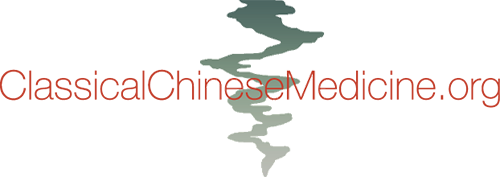Exploring Ancient Wisdom with Classical Chinese Medicine Scholar Sabine Wilms
Why ancient wisdom is so relevant for finding health and harmony in today’s world? Join Heiner and Laurie for a lively discussion with Dr. Sabine Wilms, world-renown expert on the life and works of ancient sage-scholar Sun Simiao (581-682 A.D.). Known as the “King of Medicine” (Yaowang), Sun Simiao is revered not only for his medical acumen (especially in the realm of herbal prescription), but also for his deep knowledge of how to “nourish life”, emphasizing the health of women and children.
